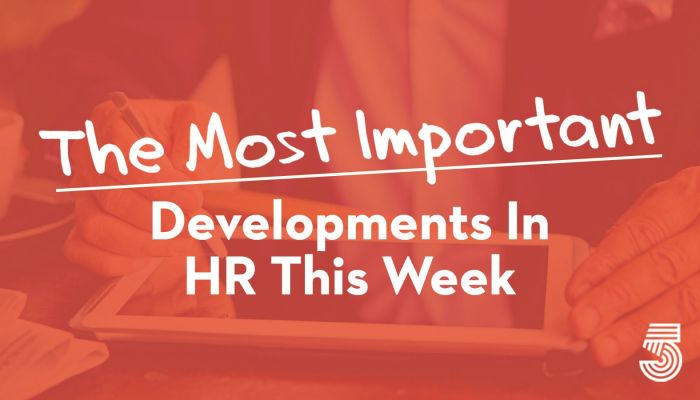The MID, as we call it, is curated by our editorial team from more than 50 news sources. Like a lot of good ideas, this started as something I wanted for myself. If I can’t read everything, I at least want to stay abreast of the most important developments.
This week in HR, the Spanx founder rewarded her employees after a big buyout, we learned how to keep DE&I programs from running afoul of the law, Best Buy offered its best practices for creating purpose, HR execs were urged to look at operational excellence in hiring, and everyone agreed they hate performance reviews.

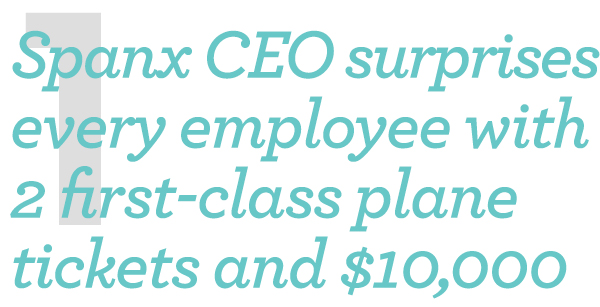
Before Spanx founder Sara Blakely became the youngest self-made female billionaire, she sold fax machines door to door because she needed the money and health insurance. Now, two decades after Blakely launched the pioneering womenswear company, global investment firm Blackstone is buying a majority stake in Spanx, which is valued at an estimated $1.2 billion in the deal. In a video posted on Instagram last week, Blakely celebrated the sale with her employees. A globe sat on a nearby table, and eventually she asked: “Why am I spinning a globe?” Then, before the quiet crowd, she announced the reason: because she has bought two first-class tickets — to anywhere in the world — for each employee. But that wasn’t all. “You know, if you have a trip, you might want to go out to a really nice dinner, you might want to go out to a really nice hotel,” Blakely said. “So with everybody’s two first-class tickets to anywhere in the world, you are each getting $10,000.” Cheers erupted and tears flowed — and a dance party filled the room. NPR News

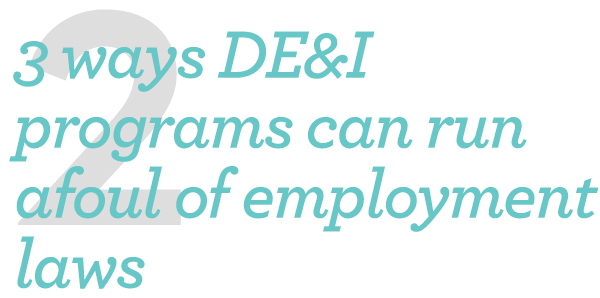
Diversity, equity and inclusion (DE&I) programs are top of mind for employers as they aim to build better workplaces and attract the best talent in a tight labor market, but employers may unintentionally violate equal employment opportunity (EEO) laws as they seek to diversify their workforces and develop internal programs to promote fairness. “I think for most of us, it’s a foregone conclusion that having diversity programs in the workplace brings incredible value to the bottom line … in terms of our productivity, our morale and getting the best people to do the job,” said Jennifer Shaw, an attorney with Shaw Law Group in Sacramento, Calif. “There are some pretty common errors that employers make when it comes to administering and developing these programs,” Shaw told attendees at SHRM INCLUSION 2021 who participated in person in Austin, Texas, and virtually. Here are three key risks HR should avoid when developing and implementing DE&I programs: Perceptions of unfair treatment, violation of EEO laws, and fair play claims. SHRM
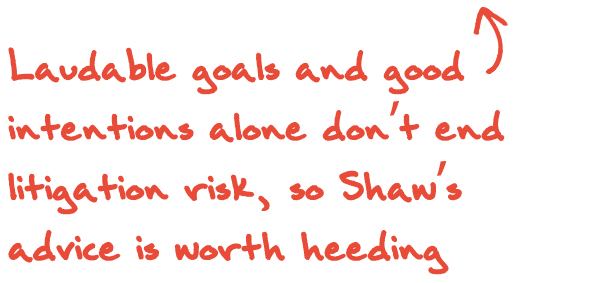
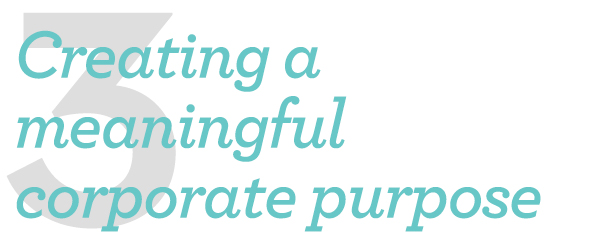
Today, most company leaders believe that their firms’ larger purpose is to make a positive difference in the world — not just to maximize shareholder value. More than eight in 10 executives, for example, think that a strong sense of shared purpose drives employee satisfaction, facilitates business transformation, and helps boost customer loyalty. Most executives also understand that purpose helps companies navigate a volatile and unpredictable environment and delivers higher and more sustainable performance. Defining a corporate why and making sure it guides decisions and operations has therefore become a cornerstone of doing business. Best Buy’s purpose has been central to the way the company has grown and evolved — and continues to. It’s what helped inspire previously discouraged and anxious employees and boosted the company’s share price about tenfold since 2012. Your company’s purpose lies at the intersection of four circles: What the world needs, What people at the company are passionate about, How the company can create economic value, What the company is uniquely good at. HBR

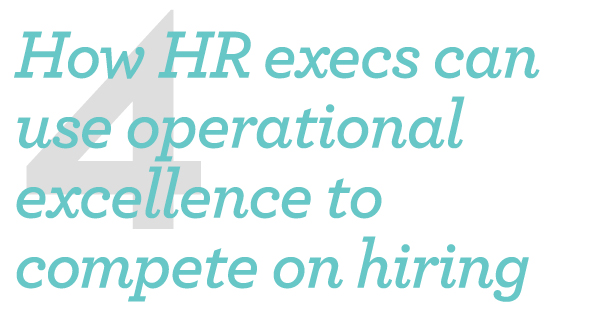
As the economy recovers and job growth is on the rise, businesses are feeling the pressure to get roles filled quickly and effectively. Employers that are regaining their footing more quickly as job openings surge know that making the hire is only half of the costly battle of empty or poorly filled positions. Getting the right new hires and ramping them up to full productivity can save on tangible and intangible costs with far-reaching consequences. But what role does operational excellence have to play? To begin, we need to understand how the process is currently performing. This includes developing a project charter that lays out its scope, goals and objectives, along with collecting baseline data. If the process data isn’t available, temporary data collection plans can be implemented for the duration of the project. We also need to map the process. This should include the handoffs from department to department, rework loops when something is missing or goes wrong, and the flow of information throughout. HR Executive

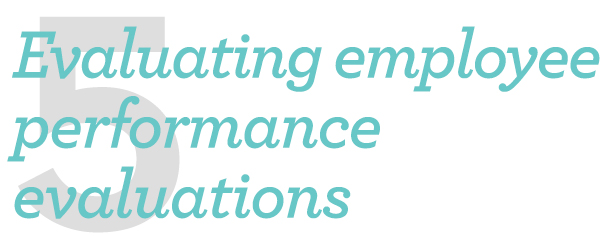
Only 38 percent of organizations pay significant attention to employees’ competency and skill development throughout an annual performance evaluation cycle, according to Brandon Hall Group’s performance-management research. Far more organizations (71 percent) pay heavy attention to employees’ performance on particular initiatives or business goals. The traditional approach to employee performance evaluations leads to a perception of bias that reduces their value. Almost half of the organizations (47 percent) responding to our research said bias impacts a manager’s evaluation of performance often or always. Less than one-third of organizations believe there is a high correlation between the highest-performance evaluation scores and the highest-performing individuals in the organization. There are many reasons for this. The traditional process was designed in a different era when business did not move as fast. Now, an employee’s potential is more important than their past performance. It is up to organizations to change their performance evaluation process. Performance evaluation can be improved in many ways, according to our research. Training Magazine







